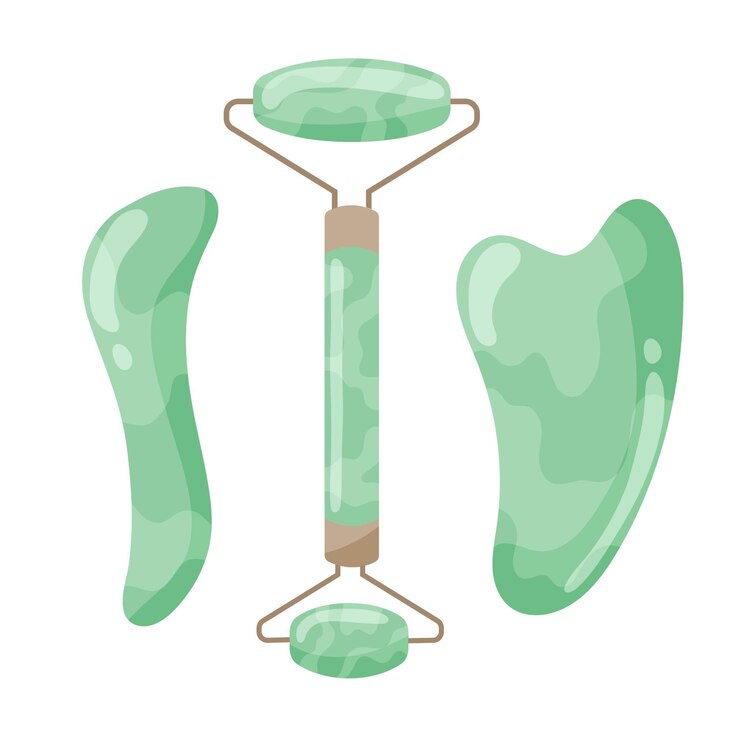Pelvic Floor Physical Therapy in Edmonton. Pelvic floor physical therapy […]
6 Effective Tips to Relieve Shoulder Pain and Promote Healing
Shoulder pain can significantly impact your daily activities and quality of life. Whether it stems from an injury, overuse, or muscle tension, finding relief is essential for your overall well-being. In this blog, we will discuss six effective tips to help alleviate shoulder pain and promote healing. These tips encompass self-care practices, exercises, and lifestyle adjustments that can make a remarkable difference in reducing discomfort and restoring shoulder function. By implementing these strategies, you can take proactive steps towards relieving shoulder pain and reclaiming your mobility and comfort.
1) Rest and Protect the Shoulder
One of the first steps in relieving shoulder pain is giving the affected area sufficient rest. Avoid activities that exacerbate the pain or strain the shoulder, especially those involving repetitive movements or heavy lifting. While rest is crucial, it’s important to strike a balance by maintaining gentle movement to prevent stiffness. Consider immobilizing the shoulder with a brace or sling, if recommended by a healthcare professional, to protect the area and promote healing.
2) Apply Cold or Heat Therapy
Cold and heat therapy can be effective in reducing shoulder pain and inflammation. In the acute phase of an injury or when experiencing swelling, applying a cold pack wrapped in a thin cloth to the affected area for 15-20 minutes several times a day can help numb the pain and reduce inflammation. Conversely, if the pain is due to muscle tension or chronic conditions, applying heat, such as a warm towel or a heat pack, can help relax the muscles, increase blood flow, and alleviate discomfort.
3) Perform Gentle Shoulder Exercises
Engaging in gentle shoulder exercises can help alleviate pain and improve shoulder mobility. However, it’s crucial to consult with a healthcare professional or a qualified physiotherapist before attempting any exercises to ensure they are suitable for your specific condition. Some recommended exercises include:
a. Pendulum swings: Stand next to a stable surface and let your arm hang down. Gently swing your arm forward and backward, side to side, and in circular motions. Start with small movements and gradually increase the range of motion.
b. Shoulder rolls: Sit or stand with your shoulders relaxed. Roll your shoulders forward, then upward, backward, and downward in a slow and controlled manner. Repeat this exercise several times.
c. Wall crawls: Stand facing a wall with your fingertips touching the wall at waist height. Slowly crawl your fingers up the wall as far as comfortable, then slide them back down. Repeat this movement several times.
Remember to start with low-intensity exercises and gradually increase the intensity and range of motion as your pain subsides and mobility improves.
4) Improve Posture and Ergonomics
Poor posture and ergonomics can contribute to shoulder pain. Ensure proper alignment of the shoulders by sitting and standing tall with your shoulders relaxed and pulled back. Avoid hunching forward or slouching. When working at a desk or using electronic devices, maintain an ergonomic setup by adjusting the height of your chair, desk, and computer screen to maintain a neutral shoulder position. Use an ergonomic keyboard and mouse, and take frequent breaks to stretch and change positions.
5) Modify Daily Activities
Assess your daily activities and identify any repetitive or strenuous movements that may be contributing to shoulder pain. Modify these activities by breaking them into smaller, manageable tasks, using proper lifting techniques, or utilizing assistive devices to reduce strain on the shoulders. Avoid carrying heavy bags on one shoulder and distribute weight evenly between both sides. Additionally, consider using supportive pillows or sleeping on your back or on the opposite side to minimize pressure on the affected shoulder.
6) Seek Professional Help
If shoulder pain persists or worsens despite self-care measures, it’s crucial to seek professional help. A healthcare professional, such as a physiotherapist or orthopedic specialist, can assess your condition, provide an accurate diagnosis, and recommend appropriate treatment options. They may suggest additional therapies, such as manual therapy, ultrasound, or electrotherapy, to complement your recovery.
Furthermore, they can create a personalized exercise program tailored to your specific needs, gradually increasing intensity and difficulty as your shoulder heals. They can also provide guidance on proper techniques for exercises and activities to prevent further injury.
Conclusion:
Shoulder pain can be debilitating and affect your daily activities. However, by implementing these six effective tips – resting and protecting the shoulder, applying cold or heat therapy, performing gentle shoulder exercises, improving posture and ergonomics, modifying daily activities, and seeking professional help when needed – you can effectively relieve shoulder pain and promote healing. Remember, it’s essential to listen to your body, take breaks when needed, and consult with a healthcare professional for a comprehensive assessment and guidance on the best course of treatment. With patience, consistent effort, and appropriate care, you can find relief from shoulder pain and regain your mobility and comfort.





